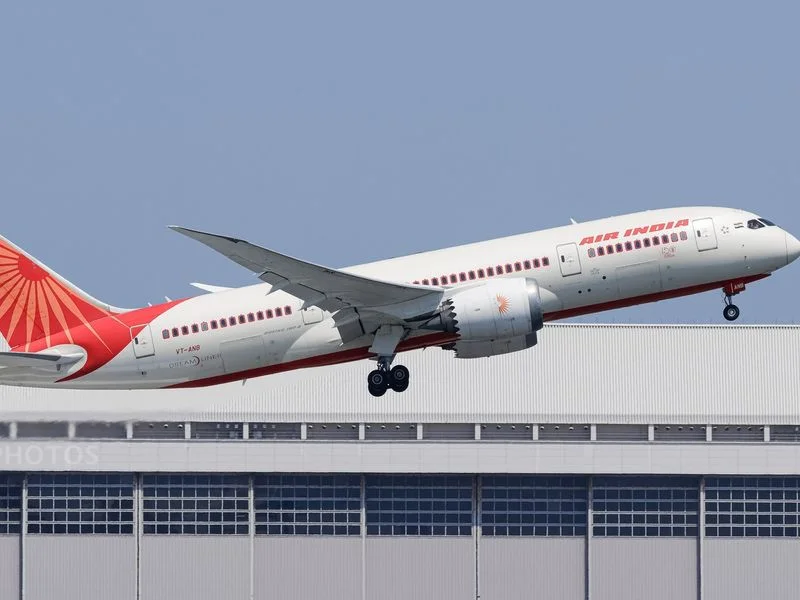In a devastating incident, an Air India Boeing 787 Dreamliner crashed just minutes after takeoff from Ahmedabad, India, en route to London, resulting in the deaths of more than 200 people. The aircraft was carrying 242 passengers and crew members when the tragedy occurred on Thursday. Authorities are currently investigating the cause of the crash.
A Look at the Boeing 787 Dreamliner
The Boeing 787 Dreamliner is one of the most modern and fuel-efficient wide-body jets in commercial aviation, known for its strong safety record. Thursday’s crash is the first major fatal accident involving this aircraft type.
Here are some key details about the Dreamliner involved in the accident:
- Model Details: The plane involved was a Boeing 787-8, the smallest of the three variants in the Dreamliner series. It was delivered to Air India in 2014 and typically seats around 248 passengers.
- Other Variants: The 787-9 and 787-10 can seat up to 296 and 336 passengers, respectively. The 787-10 has the shortest range of the three.
- Engines: Dreamliners are equipped with engines from either GE Aerospace or Rolls-Royce. The Air India jet in question had GE engines, and the company has pledged full cooperation in the ongoing investigation.
- Production & Deliveries: Boeing has received over 2,500 orders for the 787 and has delivered 1,189 units so far. Air India owns 47 of these jets.
Innovation and Design of the Dreamliner
Introduced in 2011, the 787 marked a new era in commercial aviation:
- It features lightweight composite materials and advanced electrical systems to improve fuel efficiency by 20% compared to older models.
- Designed to operate long-haul routes more efficiently, it allows airlines to bypass traditional hubs.
- Airbus later responded with the development of the A350, a similar composite-structure aircraft.
However, Boeing’s decision to outsource significant parts of the 787’s structure to global suppliers later caused production and supply chain complications, which the company acknowledged.
Past Safety Incidents
While this crash marks the first fatal accident involving the Dreamliner, there have been a few previous safety incidents:
- In 2013, an Ethiopian Airlines 787 caught fire while parked at Heathrow Airport due to a short circuit in the emergency locator transmitter.
- That same year, all 787s were grounded temporarily after battery overheating incidents prompted a redesign.
- In 2023, more than 50 passengers were injured on a LATAM Airlines flight due to a sudden drop during turbulence, later attributed to unintended movement in the pilot’s seat.
What’s Next?
Boeing has stated it is aware of the crash and is working closely with investigators to determine what caused the tragedy. GE Aerospace has also confirmed its support in the inquiry.
As the aviation world reels from this loss, the focus now shifts to determining whether a technical malfunction, human error, or external factor led to this catastrophic crash—marking a grim chapter in the history of one of aviation’s most advanced jets.




